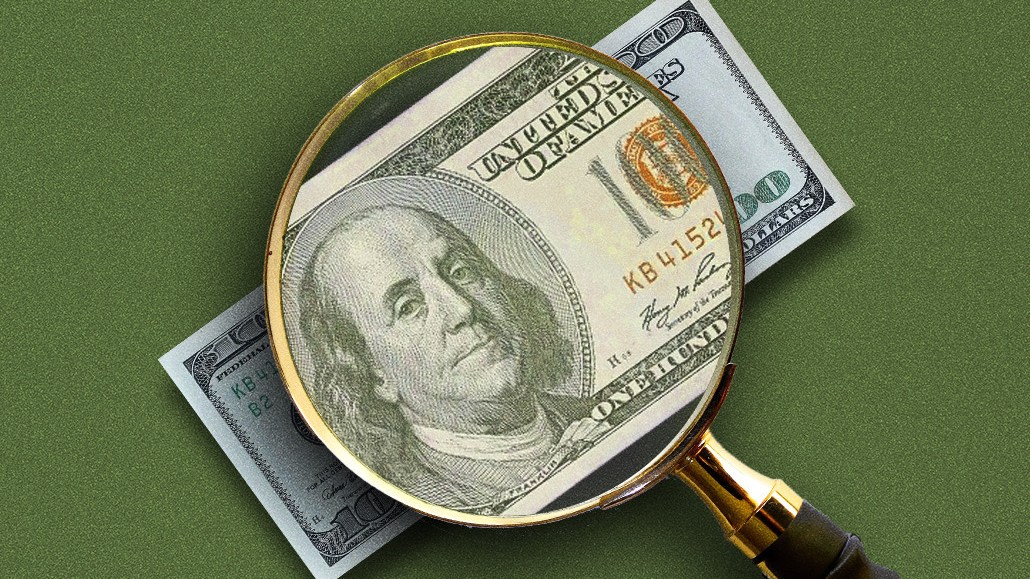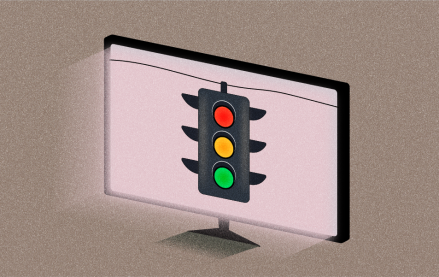Transparency is fueling a surge in creators’ sponsorship rates

Sponsorship rates are on the rise in 2025, and creators say a newfound culture of pay transparency is helping fuel the jump.
Creators’ sponsorship rates have climbed — sometimes doubling in the past year — with marketers calling it a natural market correction amid advertisers’ rising demand for creator inventory. But four creators told Digiday that this rise in rates has been driven in part by a new wave of transparency, with creators openly comparing sponsorship deals and brand usage of their content for the first time.
“The first collaboration that I ever did, I was paid in $200 gift cards that I had to spend on a product for the video — and I had 150,000 followers,” said TikTok creator Millie Ford. “No one had told me how much to charge, and no one knew the platform. Now, people are so much more open about it, because they know that if other people are under-charging, then it ruins it for everybody.”
Creators’ discussions of how exactly they calculate their pay rates have also grown more detailed in 2025, according to creator Gigi Robinson. She and her peers have benefited not only from sharing how much brands were paying them, but also the specifics behind their sponsorship negotiations, including why and how they can charge their specific rate. For example, she said she is able to charge more for brand partnerships with advertisers in the professional or B2B sector, since this is her preferred niche.
“Especially if it is something like Adobe, or a B2B software, people are coming to me for tactical resources and information on how to build a successful creator business in that space. For a brand, that’s really valuable,” Robinson said. “In the context of a beauty product, maybe it’s a little less valuable.”
Creators’ perception of growing pay transparency within the space contrasts with the views of some brands and advertisers, who have bemoaned their ongoing confusion over exactly how much to pay creators in 2025. The gulf between creators’ and advertisers’ perceptions reflects how creators currently have unprecedented access to dedicated community spaces and tools specifically tailored to their needs — from in-person conferences and events like those organized by Creator Economy NYC, to creator-only education sessions held by platforms like TikTok, to the annual pricing reports published by creator agencies like Sevensix Agency.
These days, creators are always talking to each other about their sponsorships — and brands are usually not directly involved in those conversations. On Thursday, Sept. 4, YouTubers Colin Rosenblum and Samir Chaudry hosted the creator economy conference Press Publish NYC; 76 percent of the event’s attendees identified themselves as creators, according to numbers shared by the organizers. The event was squarely focused on the business side of content creation, with speakers candidly discussing topics such as monetization, platform algorithms and the balance between creativity and profitability.
Sevensix Agency founder Charlotte Stavrou said that tools like her pricing reports were intended to make payments more transparent and accessible to all creators, but that accessing these types of resources can still be a challenge for many creators.
“There are so many creators — more than ever — so not everyone’s going to have access [to pay transparency]. The tool we’ve created is the only one of its kind; there are certain platforms that talk about pricing, but not to the degree that we do,” said Stavrou, who is herself a creator and said that much of creators’ discussion of their rates still happened in-person, rather than online. “It’s a free tool for creators, but the biggest issue is that it’s difficult to reach everyone, so there’s still a massive disparity.”
Increased pay transparency is not all good news for creators. It comes with some unique challenges; for example, creators who publicly discuss their rates can find it difficult to negotiate with sponsors who see their public statements and fixate on the fees they disclose. One creator — who requested anonymity to avoid disrupting business relationships — said that their manager had specifically asked them not to publicly disclose their rates because it created extra pressure on brands to meet those numbers or go with another creator entirely, rather than negotiating specific deliverables to achieve a potentially lower rate.
“It’s awesome to be able to share rates, and to make things possible for other people,” the creator said. “At the same time, it can almost backfire, if the people on the brand side are really paying close attention.”
More in Media

What publishers are wishing for this holiday season: End AI scraping and determine AI-powered audience value
Publishers want a fair, structured, regulated AI environment and they also want to define what the next decade of audience metrics looks like.

Media giant Essence launches a marketplace for Black women-led brands
Essence has launched WeLoveUs.shop, a new online marketplace dedicated to Black women-led brands.

In Graphic Detail: The state of AI referral traffic in 2025
The stats reveal a new audience pipeline forming outside of traditional search and social platforms.








